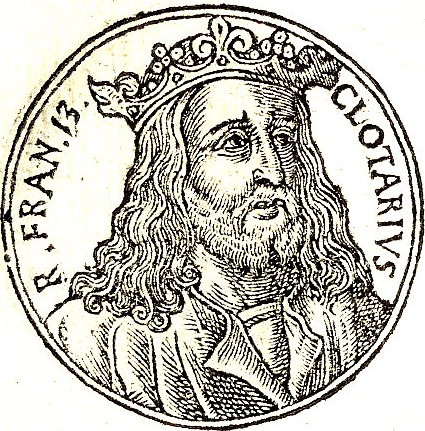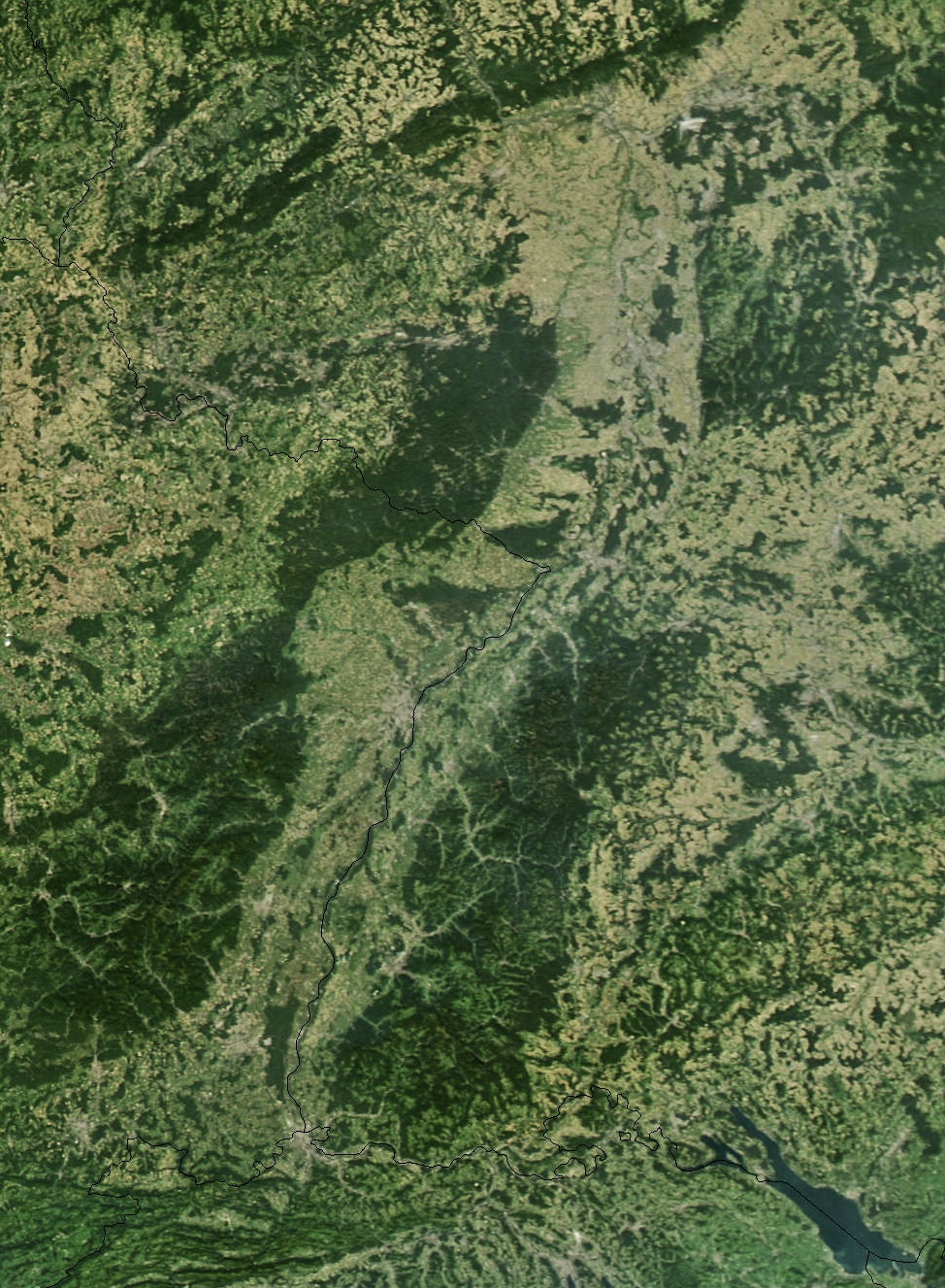|
Issenhausen
Issenhausen (; gsw-FR, Issehüse) is a commune in the Bas-Rhin department in Grand Est in north-eastern France. Geography Issenhausen is positioned to the north-west of Strasbourg at the western edge of the Alsace plane, where the ground becomes less flat in apparent anticipation of the Vosges Mountains further to the west. This is essentially a one street village stretched out along the side of a hill, the shape of the overall commune being reminiscent of a shallow bowl. The landscape is of gentle rolling hills: the highest point within the commune is the 254 meter high Moenchberg. The subsoil is of sedimentary soil similar to that found in many parts of south-western Germany across the Rhine. The "Bachgraben" stream, a tributary of the river Zorn, flows through the village. Economy 94% of the communal territory is given over to agriculture: cereal crops predominate in the early years of the 21st century. History According to an etymological dictionary the name of th ... [...More Info...] [...Related Items...] OR: [Wikipedia] [Google] [Baidu] |
Communes Of The Bas-Rhin Department
The following is a list of the 514 communes of the Bas-Rhin department of France. The communes cooperate in the following intercommunalities (as of 2020):BANATIC Périmètre des EPCI à fiscalité propre. Accessed 3 July 2020. * Eurométropole de Strasbourg * * |
Communes Of France
The () is a level of administrative division in the French Republic. French are analogous to civil townships and incorporated municipalities in the United States and Canada, ' in Germany, ' in Italy, or ' in Spain. The United Kingdom's equivalent are civil parishes, although some areas, particularly urban areas, are unparished. are based on historical geographic communities or villages and are vested with significant powers to manage the populations and land of the geographic area covered. The are the fourth-level administrative divisions of France. vary widely in size and area, from large sprawling cities with millions of inhabitants like Paris, to small hamlets with only a handful of inhabitants. typically are based on pre-existing villages and facilitate local governance. All have names, but not all named geographic areas or groups of people residing together are ( or ), the difference residing in the lack of administrative powers. Except for the municipal arrondi ... [...More Info...] [...Related Items...] OR: [Wikipedia] [Google] [Baidu] |
Zorn (river)
The Zorn is a river that flows through the Lorraine (region), Lorraine and the Alsace as the largest and last of the tributaries of the river Moder (river), Moder, before the latter empties into the Rhine. It rises on the territory of Walscheid as the Yellow Zorn (German: ''Gelber Zorn'', French: ''Zorn Jaune'') and becomes the Zorn after its confluence with the right-hand tributary, the White Zorn (Ge: ''Weißer Zorn'', Fr.: ''Zorn Blanche''). It has a length of just under 97The figures on river length are based on the information about the , retrieved 27 August 2011, rounded to whole kilometres. kilometres and drains an area of 757 km². The French language, French spelling Zorn first surfaced in the 18th century. Hitherto the river was called the ''Sorn'', which stems from the pre-Celtic era and probably meant "the flowing one".Albrecht Greule: ''Vor- und frühgermanische Flußnamen am Oberrhein'', Heidelberg, 1973, p. 97 , zugl. Diss. of the University of Freiburg/Br. 1971 T ... [...More Info...] [...Related Items...] OR: [Wikipedia] [Google] [Baidu] |
Alsace
Alsace (, ; ; Low Alemannic German/ gsw-FR, Elsàss ; german: Elsass ; la, Alsatia) is a cultural region and a territorial collectivity in eastern France, on the west bank of the upper Rhine next to Germany and Switzerland. In 2020, it had a population of 1,898,533. Alsatian culture is characterized by a blend of Germanic and French influences. Until 1871, Alsace included the area now known as the Territoire de Belfort, which formed its southernmost part. From 1982 to 2016, Alsace was the smallest administrative ''région'' in metropolitan France, consisting of the Bas-Rhin and Haut-Rhin departments. Territorial reform passed by the French Parliament in 2014 resulted in the merger of the Alsace administrative region with Champagne-Ardenne and Lorraine to form Grand Est. On 1 January 2021, the departments of Bas-Rhin and Haut-Rhin merged into the new European Collectivity of Alsace but remained part of the region Grand Est. Alsatian is an Alemannic dialect closely related ... [...More Info...] [...Related Items...] OR: [Wikipedia] [Google] [Baidu] |
Louis XIV
, house = Bourbon , father = Louis XIII , mother = Anne of Austria , birth_date = , birth_place = Château de Saint-Germain-en-Laye, Saint-Germain-en-Laye, France , death_date = , death_place = Palace of Versailles, Versailles, France , burial_date = 9 September 1715 , burial_place = Basilica of Saint-Denis , religion = Catholicism (Gallican Rite) , signature = Louis XIV Signature.svg Louis XIV (Louis Dieudonné; 5 September 16381 September 1715), also known as Louis the Great () or the Sun King (), was King of France from 14 May 1643 until his death in 1715. His reign of 72 years and 110 days is the longest of any sovereign in history whose date is verifiable. Although Louis XIV's France was emblematic of the age of absolutism in Europe, the King surrounded himself with a variety of significant political, military, and cultural figures, such as Bossuet, Colbert, Le Brun, Le Nôtre, Lully, Mazarin, Molière, Racine, Turenne, ... [...More Info...] [...Related Items...] OR: [Wikipedia] [Google] [Baidu] |
Marmoutier Abbey (Alsace)
Marmoutier Abbey, otherwise Maursmünster Abbey, was a Benedictine monastery in the ''commune'' of Marmoutier in Alsace. The former abbey church now serves as the village's parish church. History The first foundation by Saint Leobard around 590, was a community of Irish monks under the Rule of St. Columbanus. Then known as Aquileia, after the town in Italy, it was one of the Merovingian abbeys and a ''Reichsabtei''. About 724 Saint Pirmin reformed the Columban monasteries in Alsace, including this one, introducing the Rule of St. Benedict. The first abbot under the new rule was Maurus, from whom the place took the name of Maursmünster in German, of which Marmoutier is the French version. Marmoutier abbey was rebuilt in the ninth century by Drogo of Metz. Under Abbot Meinhard and his successors in the 12th century, the abbey enjoyed a long period of growth and prosperity, including the consolidation of the large territory. In the 12th century the abbey church of St. Stephen's ... [...More Info...] [...Related Items...] OR: [Wikipedia] [Google] [Baidu] |
Iron Ore
Iron ores are rocks and minerals from which metallic iron can be economically extracted. The ores are usually rich in iron oxides and vary in color from dark grey, bright yellow, or deep purple to rusty red. The iron is usually found in the form of magnetite (, 72.4% Fe), hematite (, 69.9% Fe), goethite (, 62.9% Fe), limonite (, 55% Fe) or siderite (, 48.2% Fe). Ores containing very high quantities of hematite or magnetite (greater than about 60% iron) are known as "natural ore" or "direct shipping ore", meaning they can be fed directly into iron-making blast furnaces. Iron ore is the raw material used to make pig iron, which is one of the main raw materials to make steel—98% of the mined iron ore is used to make steel. In 2011 the ''Financial Times'' quoted Christopher LaFemina, mining analyst at Barclays Capital, saying that iron ore is "more integral to the global economy than any other commodity, except perhaps oil". Sources Metallic iron is virtually unknown on ... [...More Info...] [...Related Items...] OR: [Wikipedia] [Google] [Baidu] |
Alsatian Language
Alsatian ( gsw-FR, Elsässisch, links=no or "Alsatian German"; Lorraine Franconian: ''Elsässerdeitsch''; french: Alsacien; german: Elsässisch or ) is the group of Alemannic German dialects spoken in most of Alsace, a formerly disputed region in eastern France that has passed between French and German control five times since 1681. Language family Alsatian is closely related to other nearby Alemannic dialects, such as Swiss German, Swabian, and Markgräflerisch as well as Kaiserstühlerisch. It is often confused with Lorraine Franconian, a more distantly related Franconian dialect spoken in the northwest corner of Alsace and in neighbouring Lorraine. Like other dialects and languages, Alsatian has also been influenced by outside sources. Words of Yiddish origin can be found in Alsatian, and modern conversational Alsatian includes adaptations of French words and English words, especially concerning new technologies. Many speakers of Alsatian could, if necessary, write ... [...More Info...] [...Related Items...] OR: [Wikipedia] [Google] [Baidu] |
River Rhine
), Surselva, Graubünden, Switzerland , source1_coordinates= , source1_elevation = , source2 = Rein Posteriur/Hinterrhein , source2_location = Paradies Glacier, Graubünden, Switzerland , source2_coordinates= , source2_elevation = , source_confluence = Reichenau , source_confluence_location = Tamins, Graubünden, Switzerland , source_confluence_coordinates= , source_confluence_elevation = , mouth = North Sea , mouth_location = Netherlands , mouth_coordinates = , mouth_elevation = , progression = , river_system = , basin_size = , tributaries_left = , tributaries_right = , custom_label = , custom_data = , extra = The Rhine ; french: Rhin ; nl, Rijn ; wa, Rén ; li, Rien; rm, label= Sursilvan, Rein, rm, label= Sutsilvan and Surmiran, Ragn, rm, label=Rumantsch Grischun, Vallader and Puter, Rain; it, Reno ; gsw, Rhi(n), including i ... [...More Info...] [...Related Items...] OR: [Wikipedia] [Google] [Baidu] |
Bas-Rhin
Bas-Rhin (; Alsatian: ''Unterelsàss'', ' or '; traditional german: links=no, Niederrhein; en, Lower Rhine) is a department in Alsace which is a part of the Grand Est super-region of France. The name means 'Lower Rhine', referring to its lower altitude among the two French Rhine departments: it is downstream of the Haut-Rhin (Upper Rhine) department. Note that both belong to the European Upper Rhine region. It is, with the Haut-Rhin (Upper Rhine), one of the two departments of the traditional Alsace region which until 1871, also included the area now known as the Territoire de Belfort. The more populous and densely populated of the pair, it had 1,140,057 inhabitants in 2019.Populations légales 2019: 67 Bas-Rhin INSEE The |
Upper Rhine
The Upper Rhine (german: Oberrhein ; french: Rhin Supérieur) is the section of the Rhine between Basel in Switzerland and Bingen in Germany, surrounded by the Upper Rhine Plain. The river is marked by Rhine-kilometres 170 to 529 (the scale beginning in Konstanz and ending in Rotterdam). The ''Upper Rhine'' is one of four sections of the river (the others being the High Rhine, Middle Rhine and Lower Rhine) between Lake Constance and the North Sea. The countries and states along the Upper Rhine are Switzerland, France (Alsace) and the German states of Baden-Württemberg, Rhineland-Palatinate and Hesse. The largest cities along the river are Basel, Mulhouse, Strasbourg, Karlsruhe, Mannheim, Ludwigshafen and Mainz. The Upper Rhine was straightened between 1817 and 1876 by Johann Gottfried Tulla and made navigable between 1928 and 1977. The Treaty of Versailles allows France to use the Upper Rhine for hydroelectricity in the Grand Canal d'Alsace. On the left bank are the ... [...More Info...] [...Related Items...] OR: [Wikipedia] [Google] [Baidu] |







